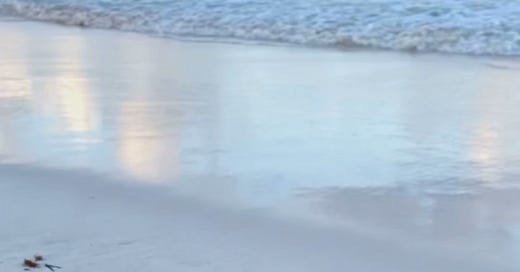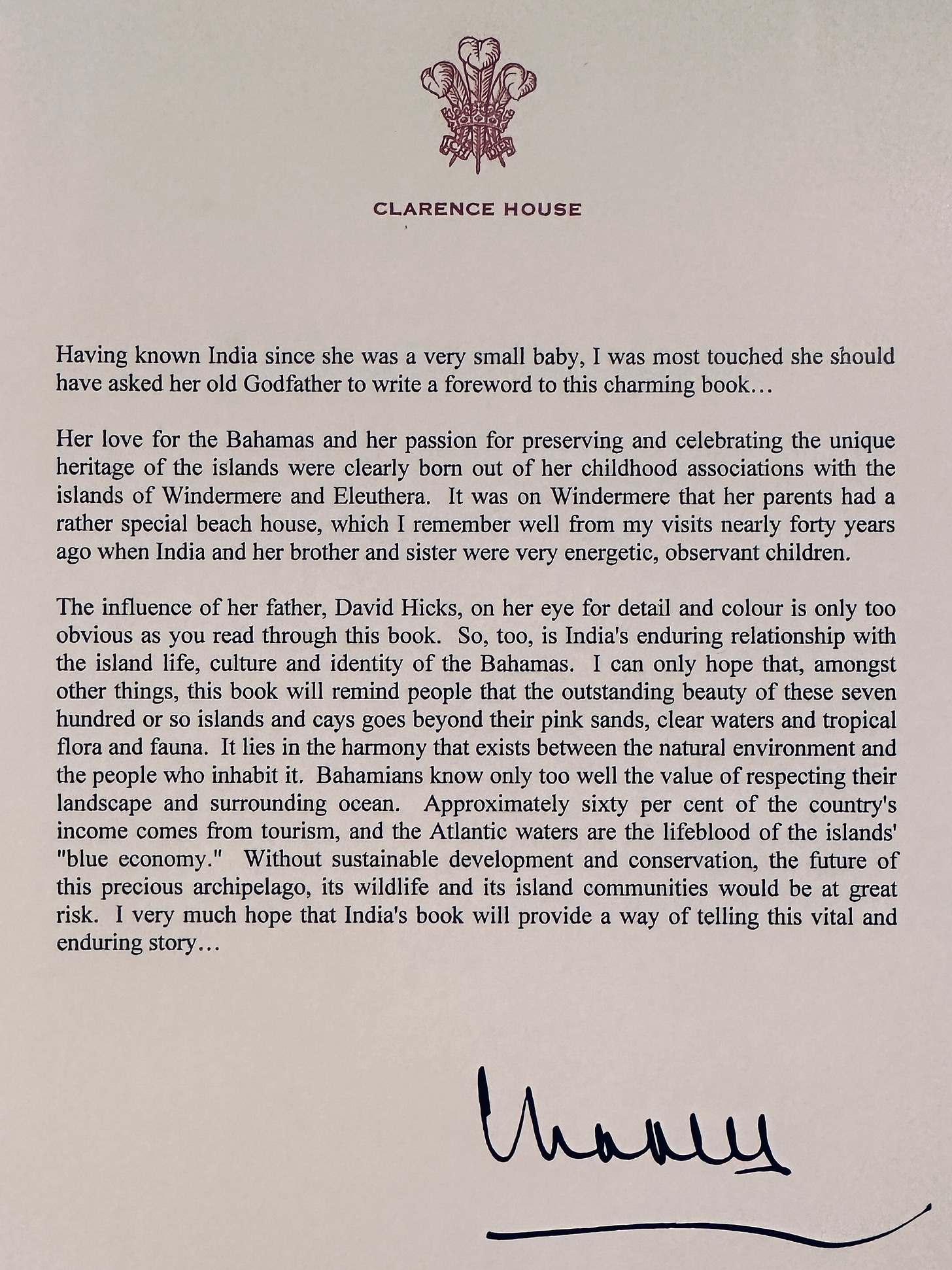The idea of life on a tropical island appeals in one form or another to almost everybody, it certainly did to us, and it continues to do so to the extent that over 27 years we have decorated, restored, or built several homes and a hotel on two islands in the West Indies. We have raised 5 children here and although we may still all this time later be considered ‘seaweed’ (the tide brings you in and takes you out again) we feel part of this community.
Our homes and the hotel were products of our imaginations, hard work, and often heated debate and included some original ideas and more than a little native wit, both our own and the local variety.
A great deal of our inspiration is drawn from the island we live on, its lights and colors, its flora and fauna, local materials, craftspeople, history, and last but by no means least its environment.
Much of the romance and drama of its history is captured in the novels and short stories about life on tropical islands in between the fact and the fiction they conjure up images of sepia-toned photographs of houses with wide verandas, dark wooden floors, and ceiling fans, and people in gathering in a kind of idle assembly. (Like how I slipped that in? The name of my husband’s rum and my son’s clothing brand, named after rule number 7 posted on the Government Dock Rules here on the Island “NO LOAFING OR IDLE ASSEMBLY”).
The view from the harbor if you took away the outboard motors would be a scene that has hardly changed in the last 200 years.
The island we live on was originally settled in the mid-1600s by people from New England and Bermuda seeking freedom of worship, who were literally washed up by shipwreck. I often think of them, especially when we go to jump in the blue hole on North Eleuthera, as we’ll stop in Preachers Cave on our way home and think of those poor souls who sheltered in the cave and were forced to survive on any wild fruit they could find and a bit of fish if they were lucky to catch one. I can just imagine the two ships feeling their way southward with their cargoes of hopes and aspirations, the sea bright, sparkling in the sunshine, and then suddenly producing one of those appalling storms that the islanders today call “a rage”. They must have sailed too close to the reefs bounding the northern tip of Eleuthera on the Atlantic side of the island and been caught by a sudden change of weather.
What I can’t imagine is being a woman in those times. Your clothes must have been almost unbearable. Firstly there was the shift, an undergarment that went down to your knees, then there was the stay, the stay was very stiff and uncomfortable lined with dreadful hard materials like bones or wood or metal in order to have good posture, then there would have been long linen or woolen stockings, followed by multiple layers of petticoats, perhaps some sleeve ruffles, a cloak, a cap dressed up with lace, a fan, and heeled shoes with paper soles. No jeans, no sneakers, no sports bras. No wonder Anne Bonny and Mary Reed, two of the few recorded female pirates conducting their business around Harbour Island and Nassau in the 1700s disguised themselves as men, not just to fit in but to avoid the damn petticoats. Don’t you agree?
In the early 1700s, the population here became what must have been an interesting mix of fishermen, boatbuilders, smugglers, wreckers, and pirates. At one time there were more pirates living and operating on these islands than there were civilians, (that’s why our logo at the Sugar Mill shop is a skull & cross bones, a salute to those women pirates.)
The Harbour Island town was properly laid out in the 1700s when an influx of Empire Loyalists from the American colonies established the architectural style that prevails today; weatherboard cottages similar to those of New England and the Carolinas.
But the major factor that influences island life, then and now, is the weather. Few things last forever or even a very long in a tropical climate. Everything is under attack, as wind, sun, salt, sand, rain, and humidity all conspire to accelerate the process of decay.
Of course, another contributing factor causing decay is us, with all our craziness we have put mother earth and her resources in danger. Today is Earth Day which gives us the opportunity to be part of the green revolution or at least pause and think about The Great Global Clean Up, a worldwide campaign to remove billions of pieces of trash from neighborhoods, beaches, rivers, lakes, trails, and parks — reducing waste and plastic pollution, improving habitats, and preventing harm to wildlife.
When I wrote my book Island Life, I asked King Charles to write the foreword. His words written then are so prescient for now “Without sustainable development and conservation, the future of this precious archipelago, its wildlife and its island communities would be at great risk.’
If you happen to be here on Harbour Island on May 6th, be part of the Coastal Community Clean-up which aims to restore our sensitive marine habitat. Stretch has already begun helping with the clean-up.
The world has certainly been good to me. Let’s try and be good to the world.
Happy Earth Day earthlings.
P.S Washable makeup remover pads- an earthly delight we should all be using






Share this post